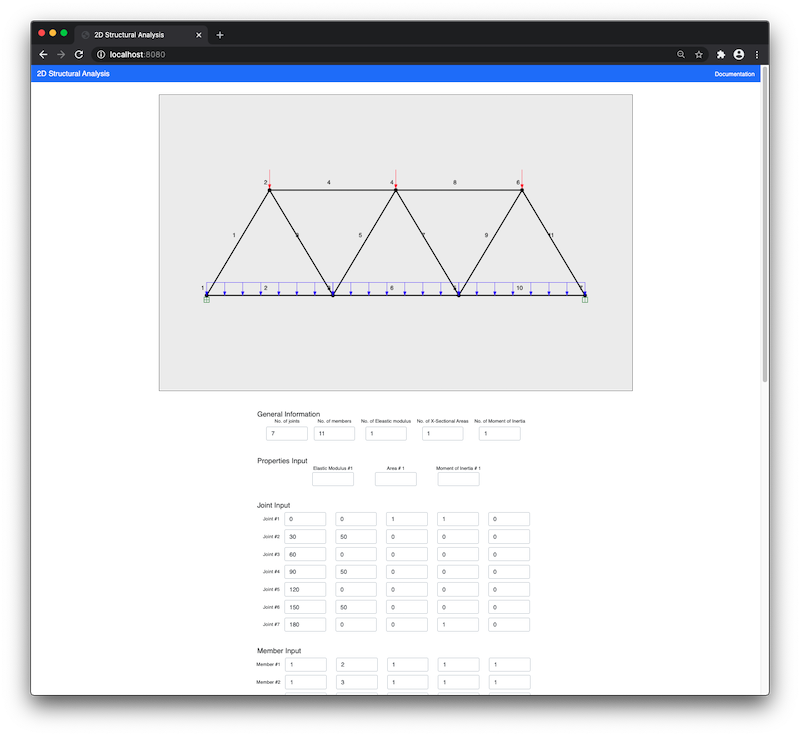My Projects
Workout Tracker
A full-stack application for tracking workouts and personal records. The architecture is a React frontend that talks to a Django REST API with a PostgreSQL database.
The motivation for creating this application was two fold: most apps on the market do more things than I cared to have in an app, which simply added clutter, and I wanted to demonstrate that I could build a full stack application with this particular stack in order to land a job using the stack (spoiler, it worked!).
I learned a tremendous amount of skills building this app, which is still being developed regularly, so the lessons keep coming. The original MVP had no testing, and was built using vanilla javascript. Over time, I upgraded the app to Typescript by converting all JS/JSX files to TS/TSX. I also added a ton of tests; unit tests for pure functions and integration tests for React components. These integration tests included mocking of http requests.
Other things I have done: migrated from Material UI v4 to v5, migrated the toolchain from Create-React-App to Vite, added CI/CD with Github Actions, added python unit tests and I deployed the application to a VPS hosted on DigitalOcean.
Since April of 2021 when I completed the MVP, I have been using this application on a daily basis along with my partner and my father. It's a real joy to have this useful application helping others around me and having "real" users to give me feedback on UX and UI issues, and to report bugs.
Structural Analysis

A 2D structural analysis tool build from vanilla Javascript and custom SVG elements - no frontend libraries used!
This application was born out of a desire to build a visual input and output experience to a software that was built in my university days in FORTRAN. The original program read from a text input file, and outputted the results in a text file. I wanted to put my web development knowledge to use by creating a dynamic form input where the structure is displayed visually in real time as the user inputs the information.
When the form is submitted, the Node JS server takes the form data and create an input string that is formatted in the specific way that the FORTRAN software expects, and then the server executes the FORTRAN program. Instead of outputting a text file with the results data, the program outputs the results in a JSON file, which the server then returns to the client. The client then takes the results data and outputs a number of visual graphs to display the results.